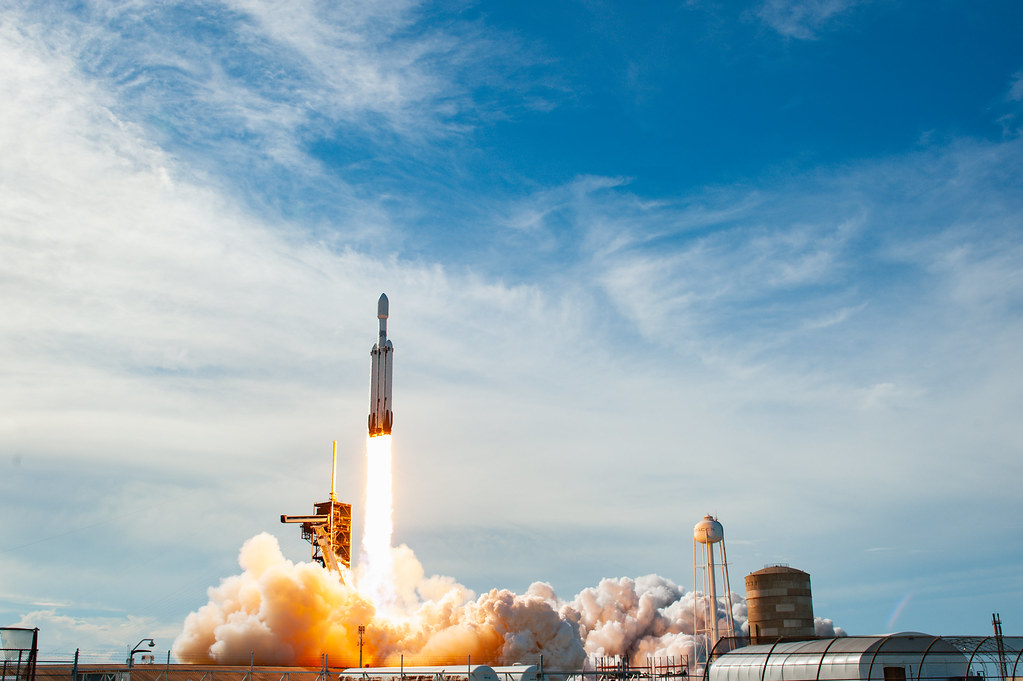In the ever-evolving field of space exploration, NASA has long led the charge for scientific discovery, technological advancement, and human exploration. However, in recent years, a growing concern has emerged: NASA’s increasing reliance on SpaceX, a private company founded by Elon Musk, for critical space operations.
There is no denying that this cooperation with SpaceX has benefits. First of all, NASA reduces costs by cooperating with SpaceX. Reusable rockets reduce the average price per launch. Consequently, NASA can fund other parts of its mission; for example, deep space exploration and robotic missions to the Moon and Mars. Furthermore, NASA’s partnership with SpaceX opens up the doors for even faster technological evolution and much more viable mission planning. Considering that SpaceX is currently working on its Starship spacecraft to make missions to Mars and farther possible, the potential for further collaboration between these two parties is significant. In addition, private companies like SpaceX can have a level of competition and efficiency that the governmental agencies—mired in bureaucracy and regulations—often cannot match. This has led to faster development timelines and more ambitious projects.
Although there are benefits, the increasing reliance on SpaceX by NASA invites major concerns. One of the most prominent among them relates to a likely loss of autonomy in space exploration on NASA’s part. Traditionally, NASA has been solely responsible for space missions, and its scientists, engineers, and astronauts have enhanced human knowledge for decades. But as SpaceX assumes the roles of more critical missions, it’s hard not to wonder if it is stealing NASA’s limelight in space exploration. This shift could be concerning, as NASA has historically led groundbreaking scientific missions and international collaboration. If SpaceX continues to take the spotlight, it might overshadow NASA’s broader, long-term goals in space exploration.
Another concern pertains to the privatization of space: like any other private firm, SpaceX is run for profit, and that may not always coincide with public interest or scientific exploration. As space missions continue to be carried out by private firms, there is a very real threat that public interest may give way to commercial interest. Second, there is the question of accountability. As a public agency, NASA falls under the umbrella of public scrutiny and accountability. SpaceX, on the other hand, is a private company focused on its own priorities. Although successful, the fact that SpaceX has remained relatively free of direct control from government oversight raises concerns.
There is little doubt that the collaboration of NASA and SpaceX has resulted in remarkable progress in space exploration, with unprecedented cost reductions and technological innovations. SpaceX’s reusable rockets have brought efficiency and competitiveness into a field once dominated by state-run programs. Yet, with NASA increasingly leaning on SpaceX to carry out its missions, questions about what’s next for the agency and its place in space exploration grow more urgent. Will NASA continue to lead humanity’s quest to explore the stars, or will it become a secondary player in a space race dominated by private companies? Only time will tell, but what’s certain for now is that NASA’s reliance on SpaceX is pushing the landscape of space exploration toward both exciting and uncertain directions.

